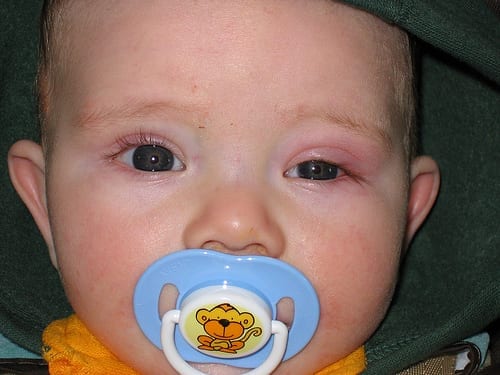Most of us love bright, sunny days, no matter what time of the year. But are we protecting ourselves from the sun’s harmful rays? The sun radiates harmful ultraviolet rays (UV-A and UV-B), which we cannot see. Long-term, unprotected exposure to these UV rays causes up to 90 percent of all skin cancer. Sunburned or tanned skin is damaged skin. Even if your sunburn or tan fades, the damage caused by that tan or burn does not. The damage keeps adding up with each sunburn or tan and may one day result in skin cancer. No matter how hard an adult protects their skin, the sun damage received as a child cannot be undone. The good news is that skin cancer is one of the most preventable forms of cancer.
Skin cancer is a disease where cancer (malignant) cells are found in the outer layer of the skin (epidermis). Skin cancers can develop from a build-up of sun exposure over the years. Dark skinned people have a decreased risk of developing skin cancer because the melanin pigment in their skin gives them protection, whereas a fair skinned person who tends to go red or freckle in the sun, will be most at risk. People with hereditary conditions have a higher risk of developing skin cancer.
The different types of skin cancer are:
- Basal cell carcinoma
- Squamous cell carcinoma
- Malignant melanoma
The signs and symptoms are:
Basal cell carcinomas
- Small, smooth, waxy lumps on your skin
- May sometimes bleed or develop a crust
- Slow healing signs
- Can develop into flat, red spots which are scaly and crusty
- Develop anywhere on your body
Squamous cell carcinomas
- Scaly appearance
- Can develop into a hard, horny cap which can feel tender when touched
- Found on the face, bald scalps, arms, backs of hands and lower legs
Malignant melanomas
- Start off as a pigmented patch such a mole or a freckle
- Change in size and shape, colour and texture
- Itchiness
Here are some Sun Safe protection tips:
- Avoid unnecessary sun exposure
- When exposed to sunlight, wear protective clothing such as long pants, long-sleeved shirts, broad-brimmed hats and UV-protective sunglasses
- Avoid tanning devices
- Teach your children good sun protection habits at an early age
- Examine your skin; head to toe at least once every three months
Treatment of skin cancer
There are various forms of treatment available. If you experience any of the above signs and symptoms please contact your medical practitioner.






Be the first to comment on "Sun Care Awareness"